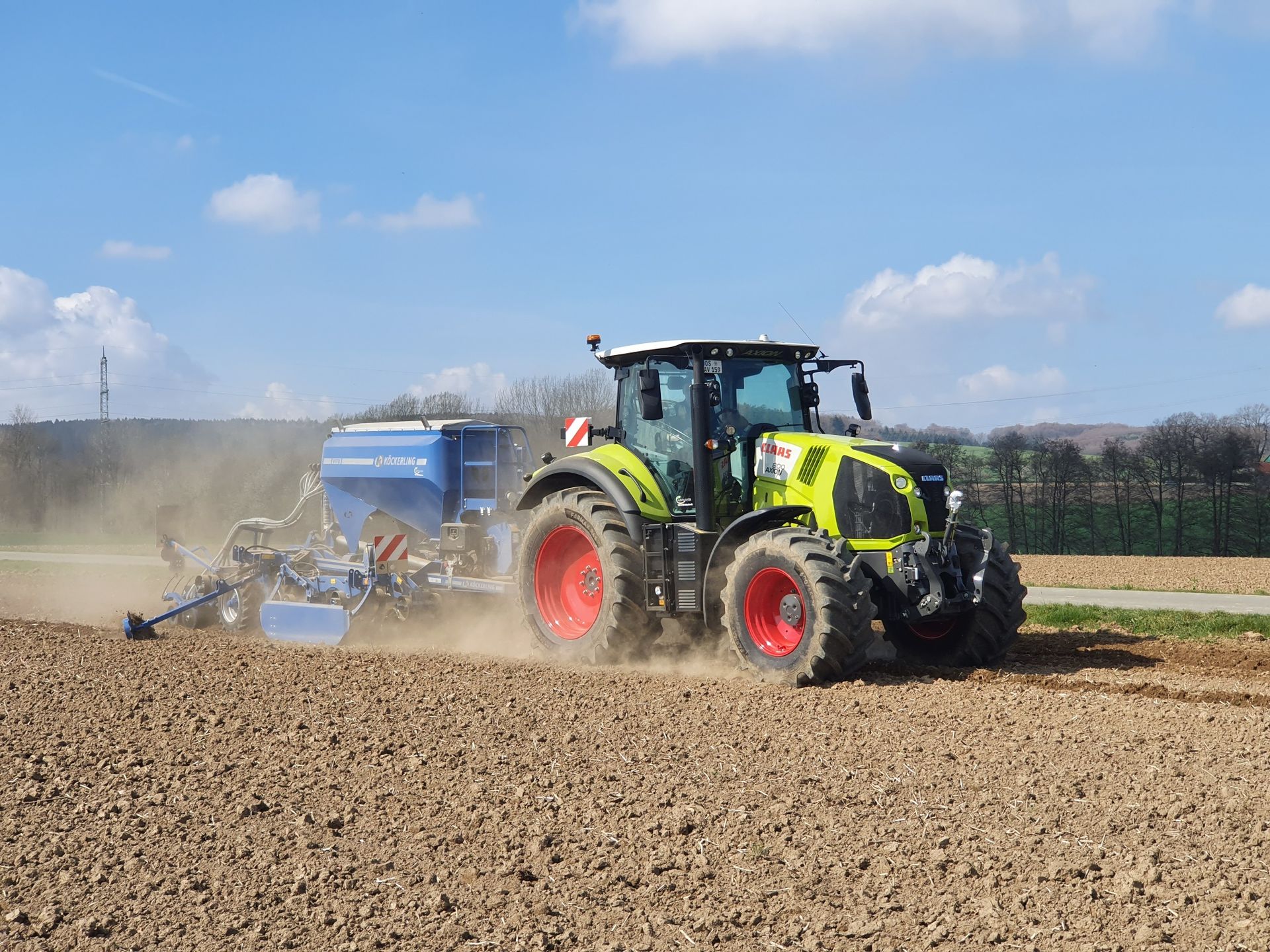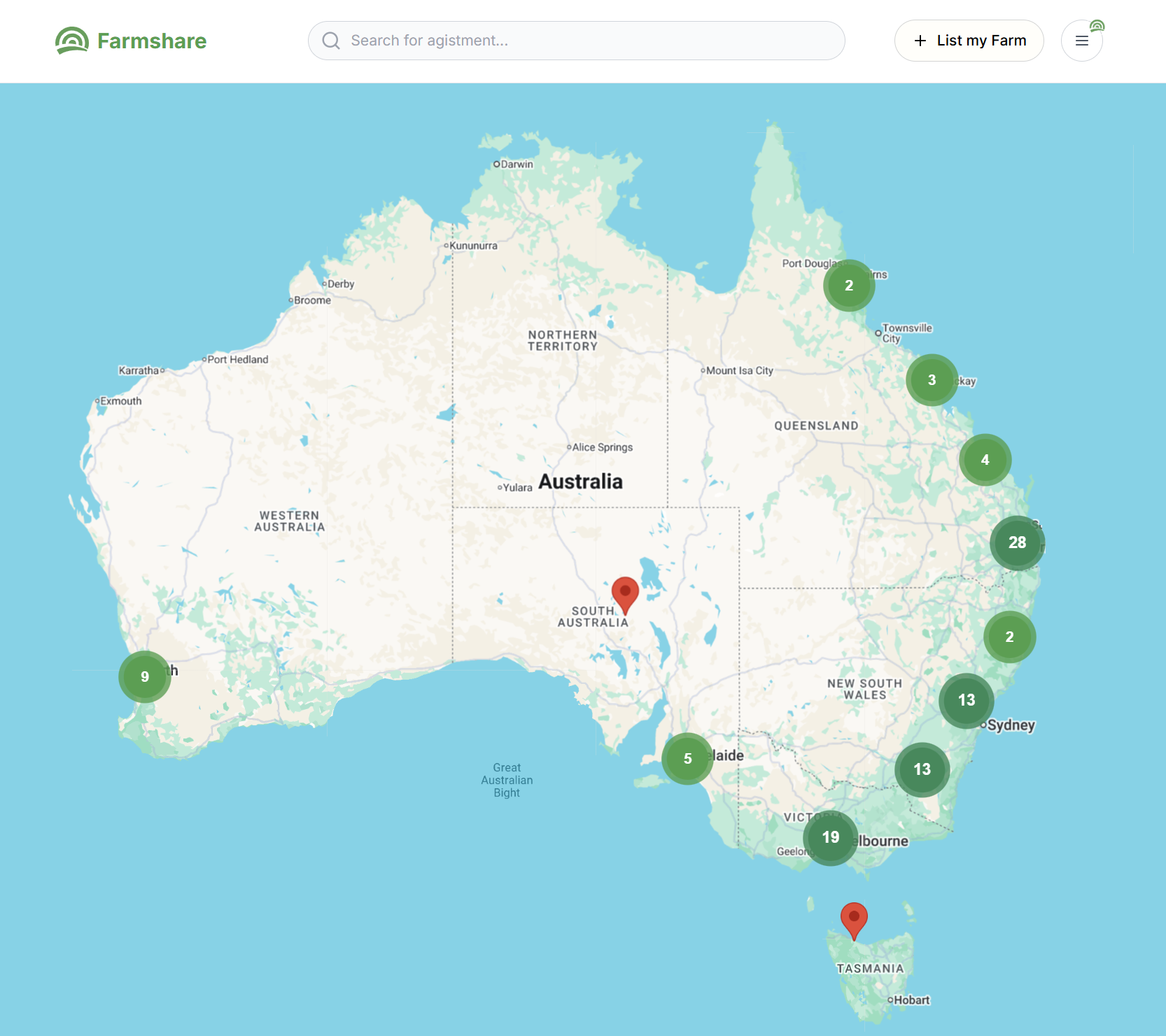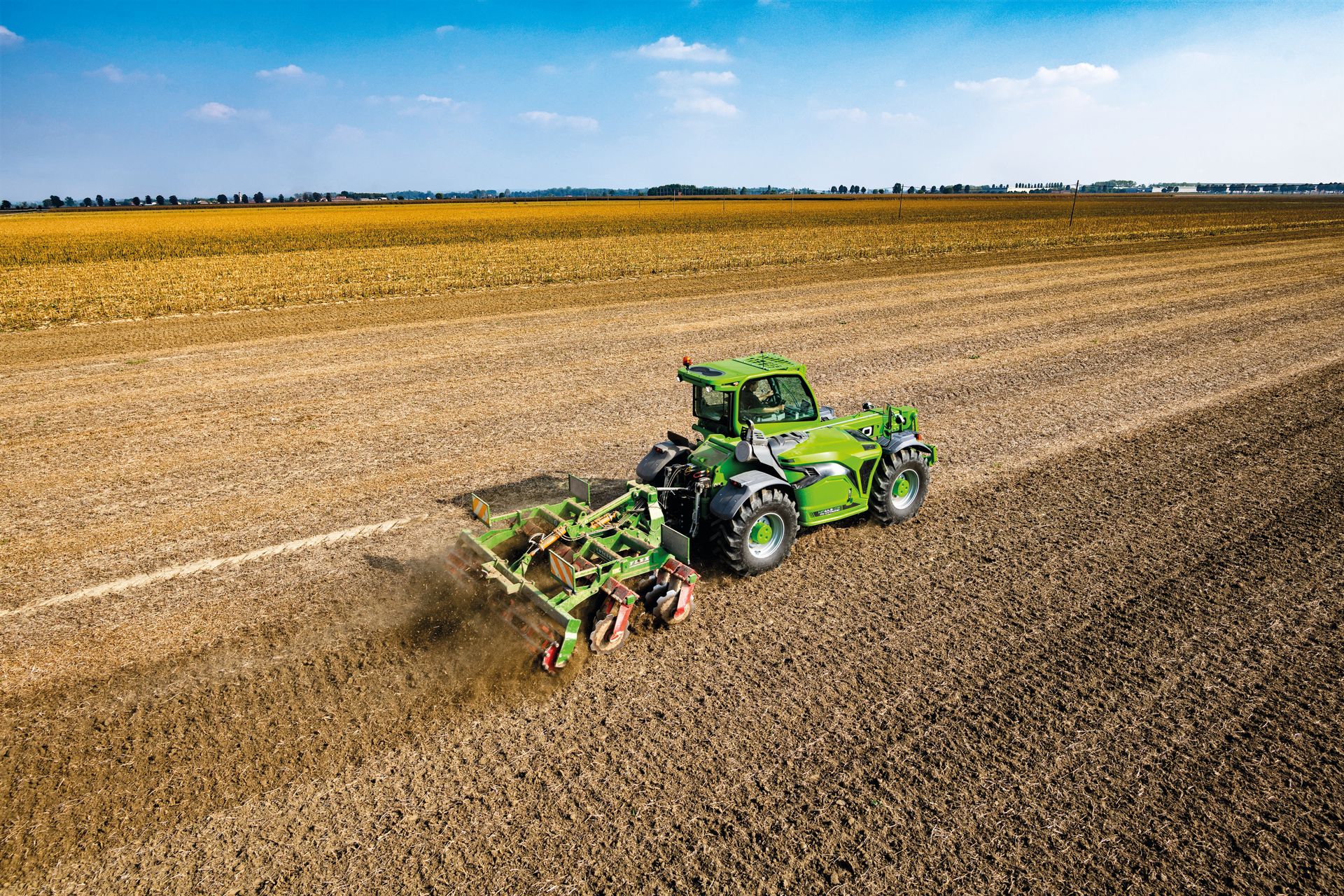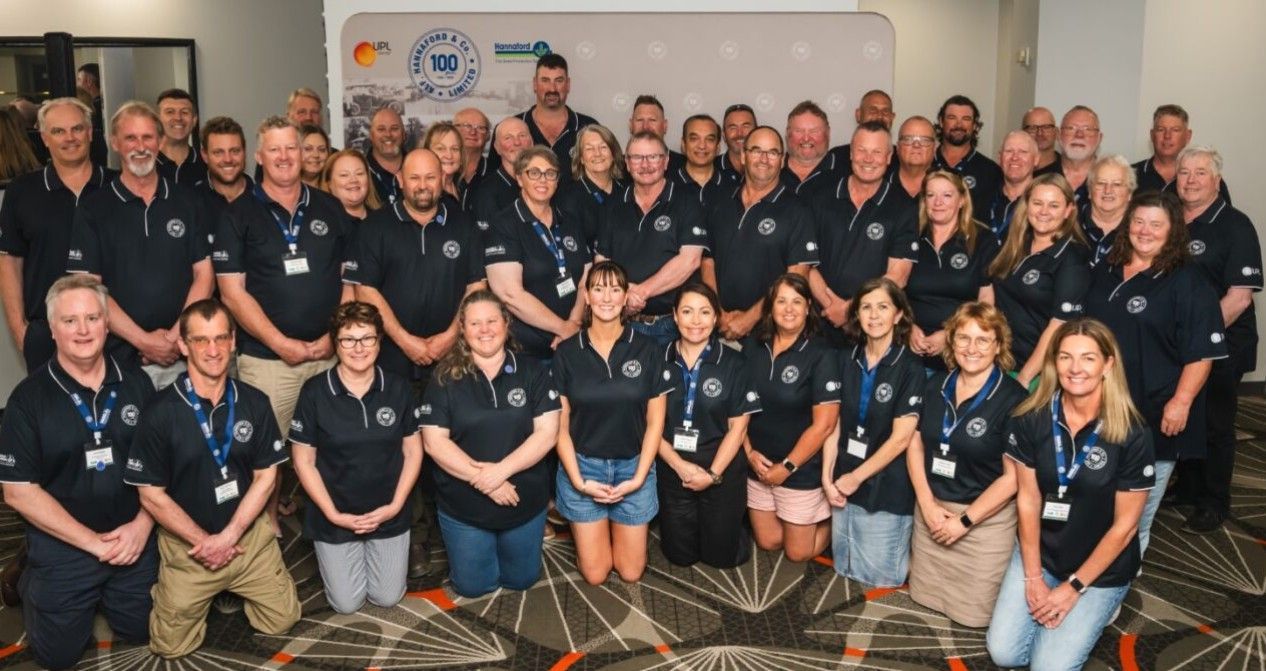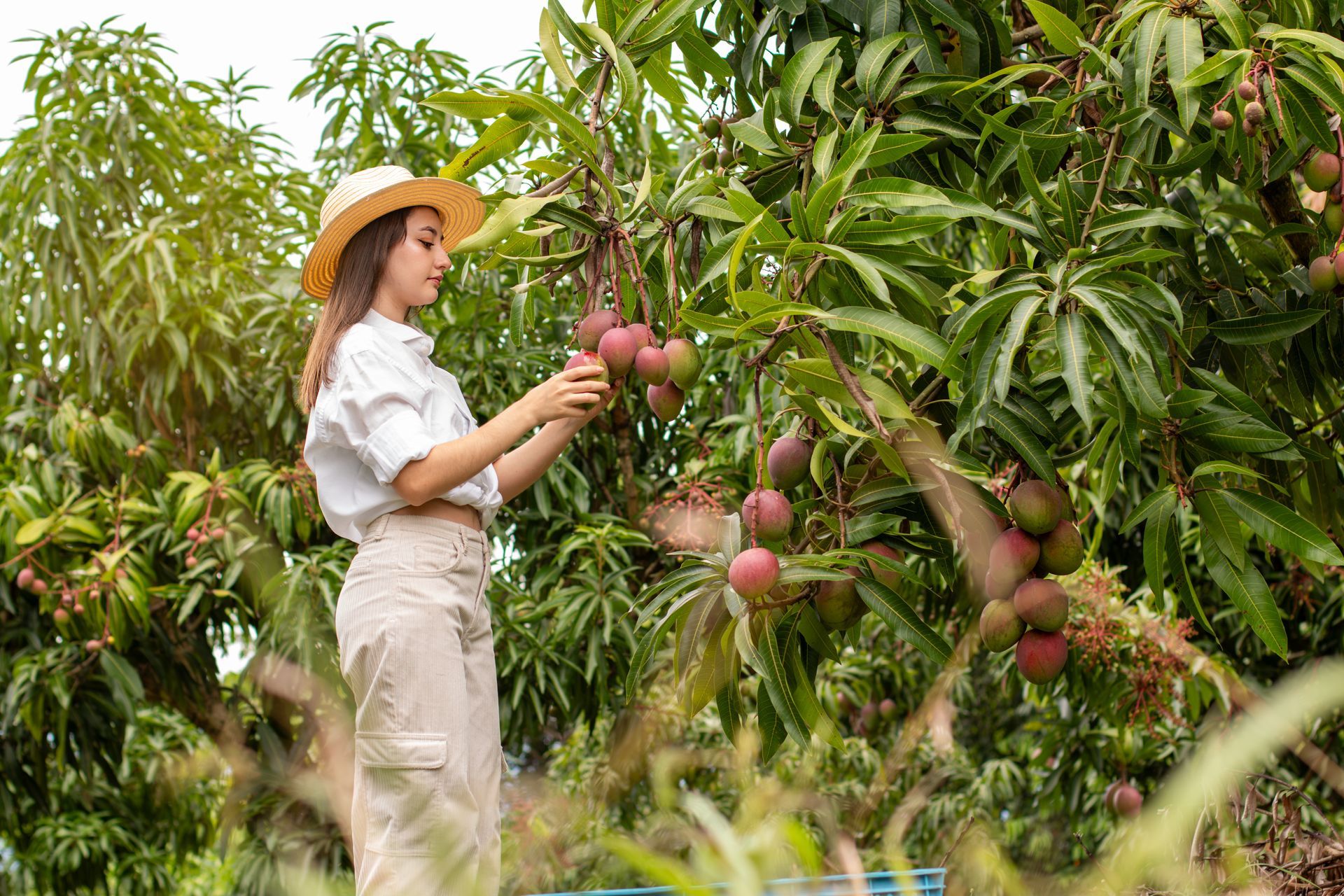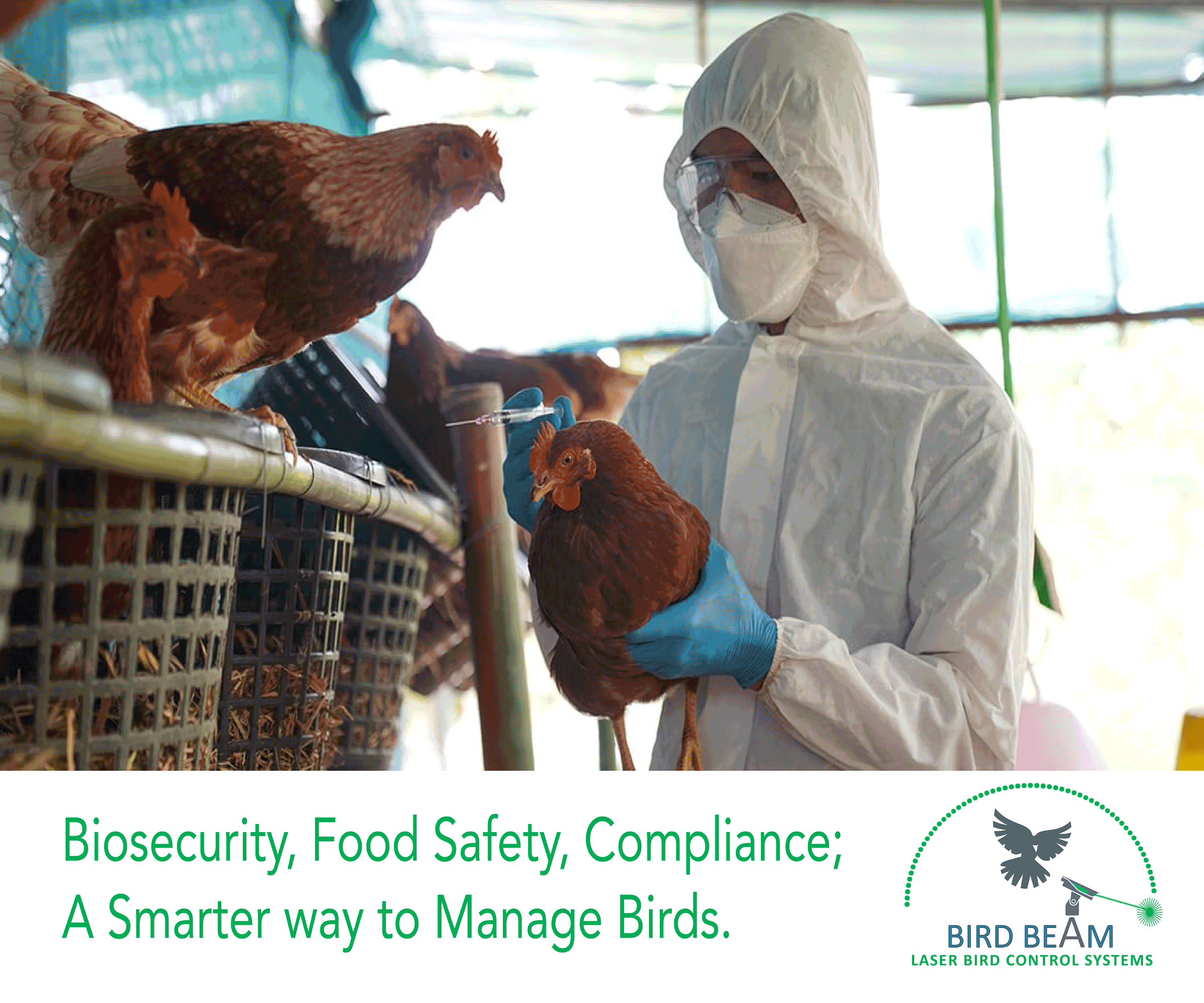1MG FlippingBooks
Agriculture: how the keyboard replaced the plough
Holger Meinke, head of the School of Land and Food at the Tasmanian Institute of Agriculture, University of Tasmania, discusses the rise of technology in farming and the concept of systems agriculture.
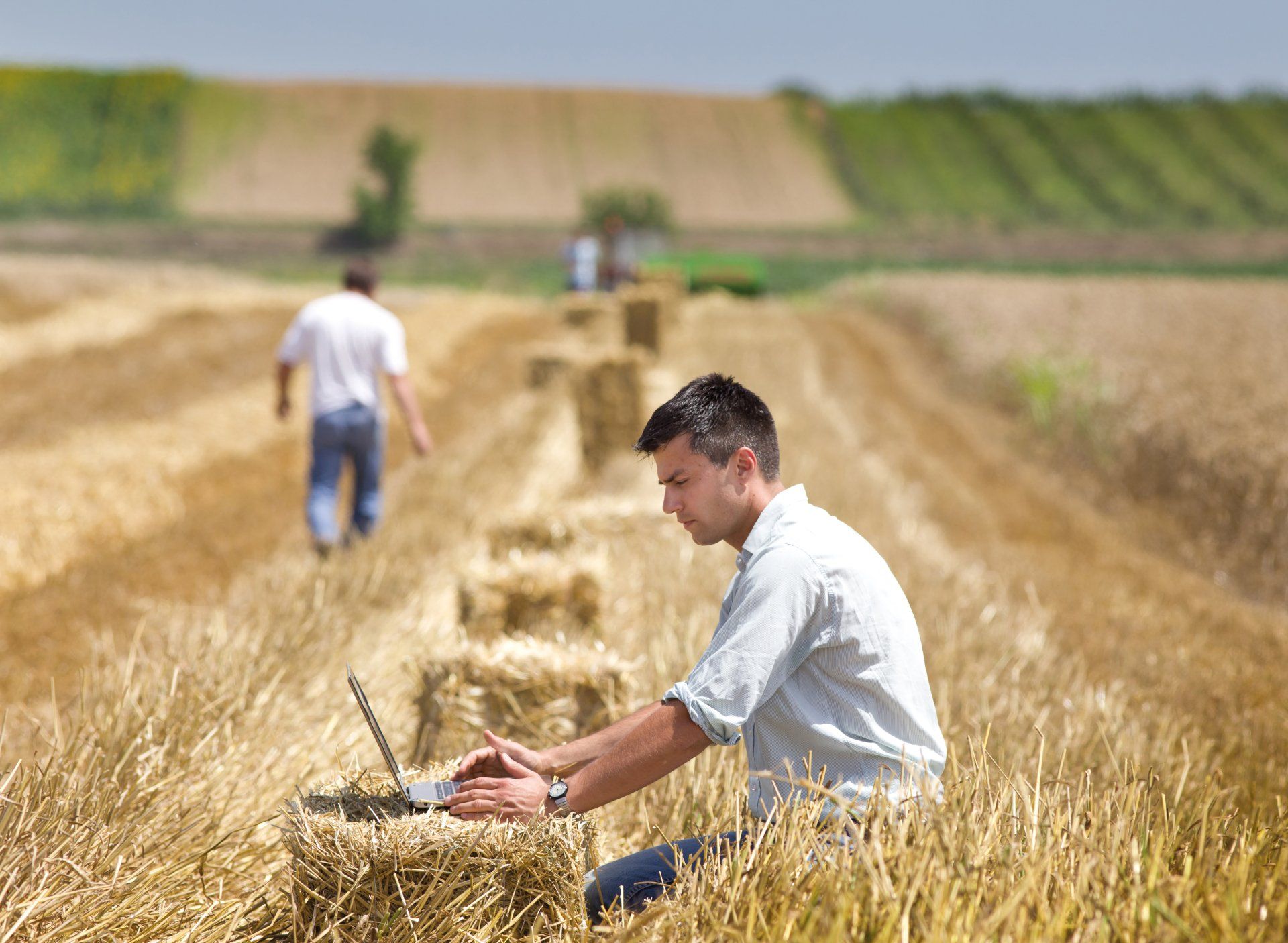
Like it or not, without agriculture few of us would survive. Agriculture underpins all economic growth and development; without its development over 10,000 years ago the creation of our civilisations would not have been possible. It was an astounding, transformational shift in human behaviour, and provided the foundation upon which other sectors of our economies could be built. Suddenly two people could feed more than just themselves, creating the division of labour and enabling developmental creativity at an unprecedented rate.
While most people would readily recognise and acknowledge the sophistication and strength of the science of agriculture, the practice of agriculture (that is, farming) still has an undeserved image of muddy boots, rusty tractors and unskilled, hard labour. This myth must be comprehensively dispelled if we are to successfully tackle the food security and sustainability challenges that lie ahead of us.
Following the science-based, green revolution of the 1960s and 70s another, quieter revolution is fundamentally transforming the practice of agriculture. The green revolution gave farmers access to sophisticated inputs, such as hybrid seed and mineral fertilisers, without requiring additional skills at farm level. Using these technologies did not require farmers to fundamentally change their farming practices; this is no longer the case. Modern farmers operate businesses that are highly knowledge-intensive. They can no longer rely on single, transformational innovations like the sort that powered the green revolution of the 1960s and 70s.
Norman Borlaug’s contributions to agricultural science and plant breeding resulted in high-yielding, disease-resistant crops that are credited with saving approximately one billion people from starvation. Known as ‘the father of the green revolution’, Borlaug and his colleagues managed to find very effective technological fixes to overcome serious resource limitations. Much research, thinking, knowledge and insight went into the creation of these technologies, resulting in an unprecedented increase in food production. Yet the application of these technologies was relatively simple, and therefore not much additional knowledge was required for their deployment at farm level.
Today’s challenges to our agricultural and food systems are different. This time it is not only about increasing yields per area, but also increasing productivity without using additional resources or causing negative environmental or social impacts. Today’s farmers are confronted with multiple resource constraints such as increasing pressures on water, land and energy resources as an expanding global population changes its tastes and preferences and requires more food. Our farmers not only have to excel at what they are traditionally very good at – namely growing crops and raising animals – they also have to be astute financial managers, excellent stewards of our landscapes, highly computer literate and technologically savvy and have an understanding of their legal responsibilities as managers of physical and human resources – all while managing increasingly complex enterprises.
For the first time in our history, more than half the global population lives in cities rather than rural communities. Increasing urbanisation means there are more people competing with agriculture for access to land, water, capital, labour and infrastructure, particularly across Asia where over half of the world’s population now lives. Another result of these demographic changes is that the increase in the demand for agricultural produce is projected to rapidly exceed supplies, putting additional pressure on the environment and the global food system.
The potential social consequences of these pressures were captured by English parliamentarian Lord Cameron of Dillington who, discussing Britain’s food security concerns in the early 2000s, quipped “We are all only nine meals away from anarchy”. The ‘nine meals’ is substantiated by estimates that most Australian households only hold sufficient food for 2-4 days; any disruptions to our supply chains would quickly lead to significant and foreseeable social unrest. Even with policy makers and agrifood companies spending considerable thought and effort on the logistics and management of these supply chains, all such efforts are void unless the agricultural production at farm level is secure, profitable and reliable.
As a consequence, modern agriculture has become a knowledge-intensive sector of considerable social relevance. For instance, Australia’s agriculture currently feeds approximately 60 million people worldwide, roughly 2.5 times our country’s own current population. The pre-farm gate contribution of agriculture to Australia’s GDP is estimated at around 2.5 per cent, considerably higher than most other highly developed economies. A theoretical upper limit of Australia’s capacity to supply food with current technologies suggests a possible threefold increase over current production volume. This means that at maximum production, Australia could feed up to 3 per cent of the world’s population – an important contribution, but hardly the ‘food bowl’ promulgated by some. Realistically, Australia could more than double its real value of annual agricultural exports by 2050, resulting in an additional $670 billion in revenue over the next four decades.
To achieve such growth in a way that is economically, socially and environmentally sustainable will require vision and foresight. This is where agricultural systems thinking, augmented by computer simulations of agricultural systems, comes in. Systems thinking was pioneered by scientists such as C.T. de Wit in the Netherlands and led to the development of the first agricultural simulation models in the 1950s and 60s. Yet it is only fairly recently that these models have become part of everyday decision making at farm and policy level. The systems thinking that underpins the development of these models has already been transformational and led, for instance, to the global adoption of reduced, minimum or no-tillage practices that are now regarded as fundamental components of sustainable agriculture. The plough, which has been an essential tool for the practice of agriculture for many centuries, is increasingly being replaced by the keyboard.
Agricultural systems are complex, adaptive systems with three key characteristics: (i) order emerges rather than being predetermined; (ii) the history of the system is largely irreversible, and; (iii) the system’s future can only be assessed probabilistically rather than deterministically predicted. Cause and effect relationships become increasingly intangible as a system becomes more complex and open. Empirical approaches based on direct experimentation on real systems quickly reach their limits in terms of complexity and time required. This is where good simulation models can help; the approach has been demonstrated in many laboratories around the world.
The models’ real usefulness stems not from their ability to predict the outcome of management interventions, but rather in their power to foresee the likelihood and severity of consequences that might arise from a combination of climate, soil, plant, animal and human interactions. While the difference between such uses might appear subtle, it couldn’t be more profound. Predicting an outcome transfers all power to the person making the prediction (usually a scientist), while foreseeing likelihoods and consequences empowers actors to choose and actively create the desirable future they envision while avoiding undesirable outcomes.
The importance of such empowerment cannot be overestimated. When resources are scarce and in high demand, we need tools that facilitate dialogue and help us to navigate the messy space of contested goals, values and outcomes. This is where a foresight approach underpinned by good, quantitative modelling can help. Using computer models we can ask the ‘what if’ questions that underpin scenario planning. We can investigate agricultural practices and resource uses we would never dare to do in real life because they are considered too risky. This provides us with benchmarks and ‘innovation platforms’ that lead to engagement and discussion between farmers, policy makers and scientists. Everybody learns as a result of this process, and in many cases partial solutions are identified and negotiated where previously none were in sight.
In Tasmania for instance, governments and farmers have invested over $500 million in new irrigation infrastructure. When all the planned irrigation schemes are fully operational, more than 150 gigalitres of new water will be made available for irrigation. This adds about 20 per cent to the total amount of water used for irrigation in Tasmania, a state where irrigation already accounts for approximately 60 per cent of the gross value of agricultural production.
New irrigation infrastructure built on such a scale contains significant risks and opportunities alike. Well-documented problems associated with irrigation (such as erosion, salinisation and over-exploitation of water resources) must be avoided, while the use of these new water resources must lead to increased profitability and productivity of Tasmania’s agricultural landscapes. To this end the Tasmanian Institute of Agriculture, a joint venture between the Tasmanian Government and the University of Tasmania, developed an agreed-upon strategy for research and development that would increase the economic and social value of irrigation.
The project established innovation networks across the public and private sectors, and has been recognised as an innovation success story by the Organisation for Economic Cooperation and Development (OECD). It involved collaboration between government, regulators, academics, the public, businesses and water institutions. Together, these networks imagined what an agriculturally driven economic revival of the island state might look like, what future would be desirable, what should be avoided and what the development pathways would look like and entail. Many of these discussions were informed by modelled data.
The result was a clear set of research priorities that needed to be addressed in order to stay on developmental pathways that are sustainable in every sense: economically, socially and environmentally. And while this exercise of foresight has not provided answers to all of Tasmania’s questions, it has brought together disparate groups of stakeholders motivated by common causes: advancing the prosperity of the island, developing social capital and establishing a broadly-recognised social licence to operate. The process has yielded agreement on priorities, partial solutions to some problems and a renewed confidence that even some of the more intractable problems in agricultural development can be addressed through a willingness to engage, respect for the perspectives and values of others and innovative technologies that help in drawing such communities together.
Such ‘innovation platforms’ can facilitate meaningful and outcome-oriented dialogues between scientists, farmers, policy makers and agribusinesses. They benefit from systems analytical approaches that provide simulated data for scenario development. Science and practice are critically important, but they need to be augmented by good, socially integrated processes in order for modern agriculture to advance. Current developments in Tasmania are an example of how this approach can be successfully applied.
